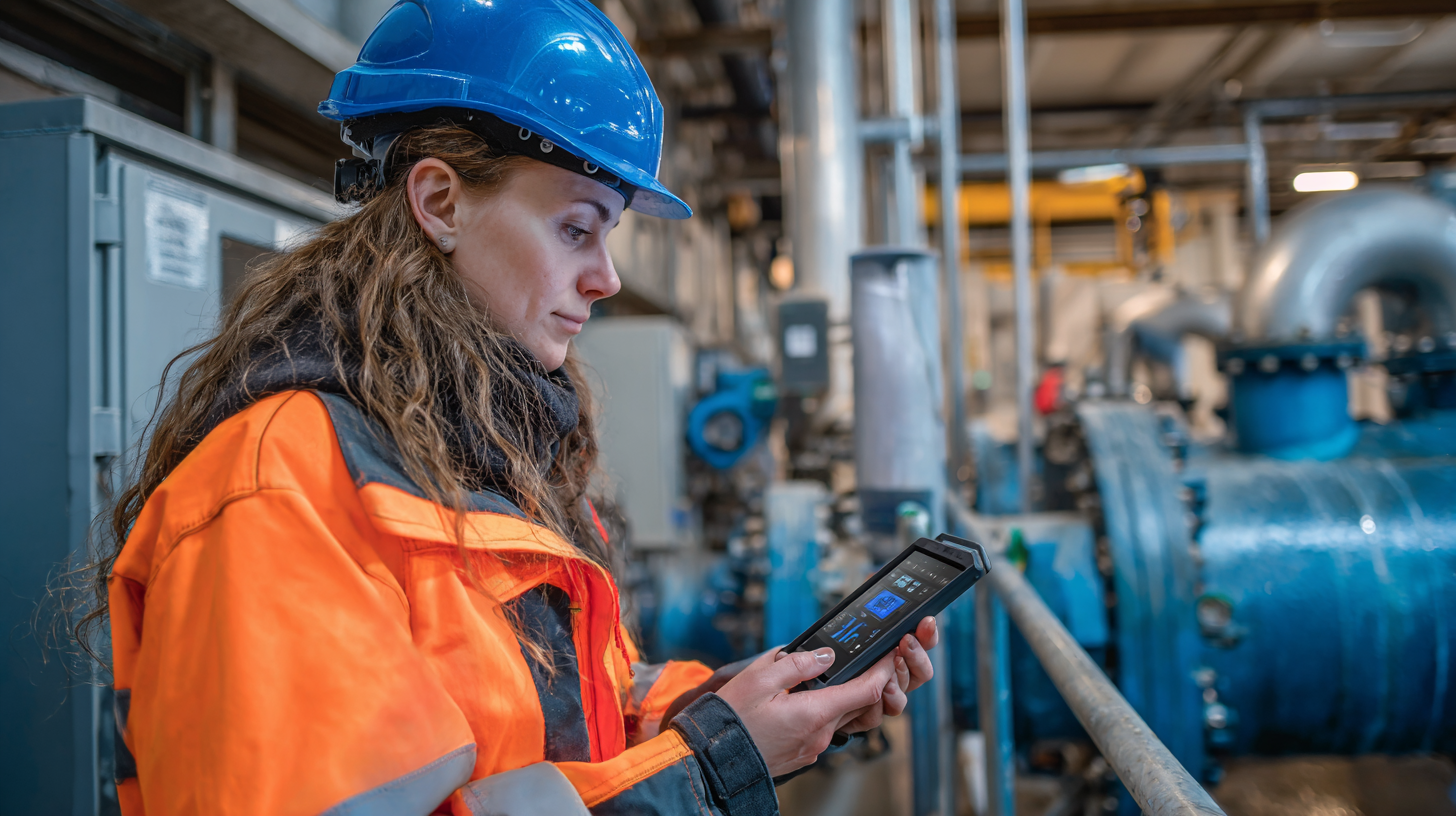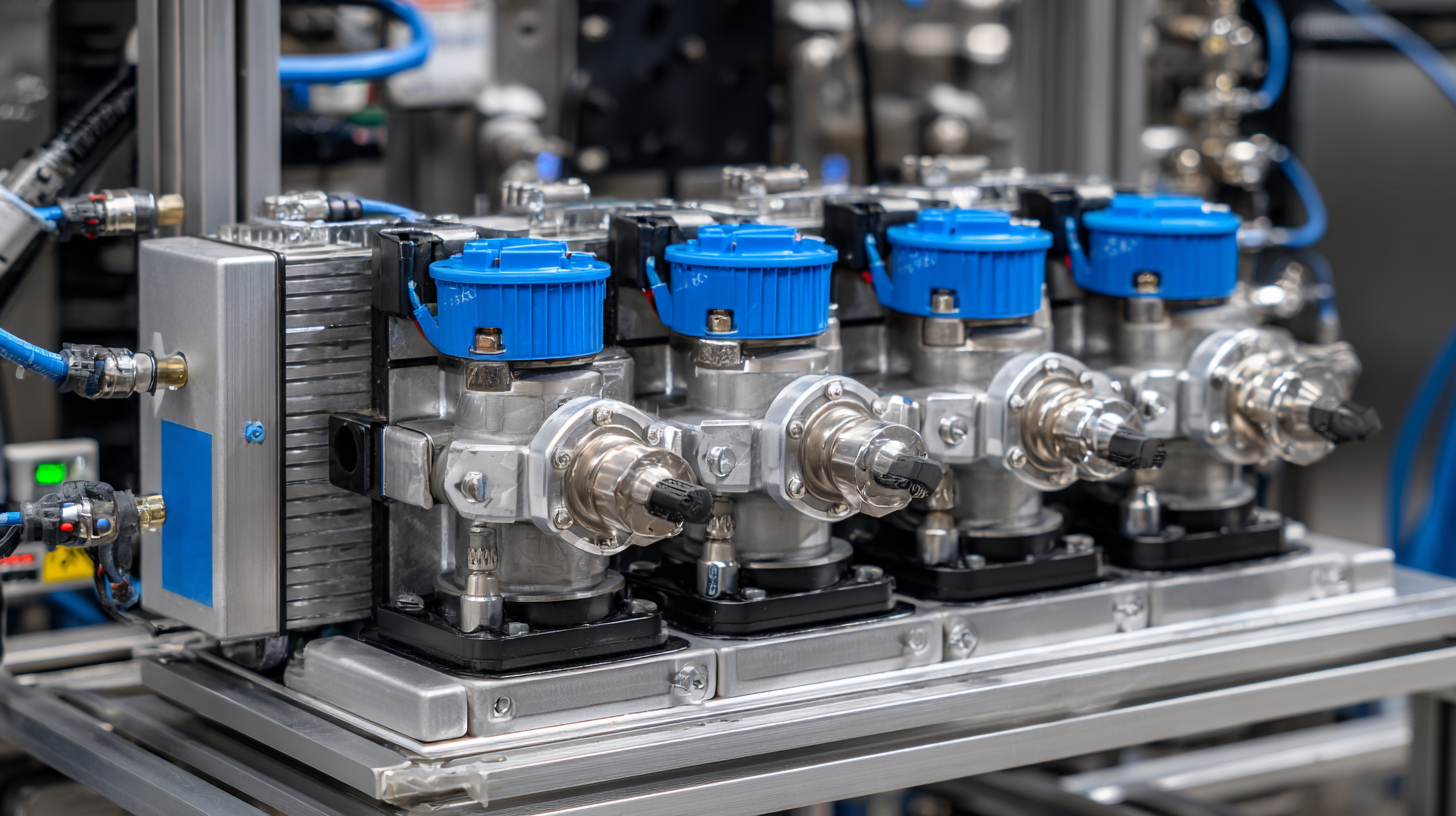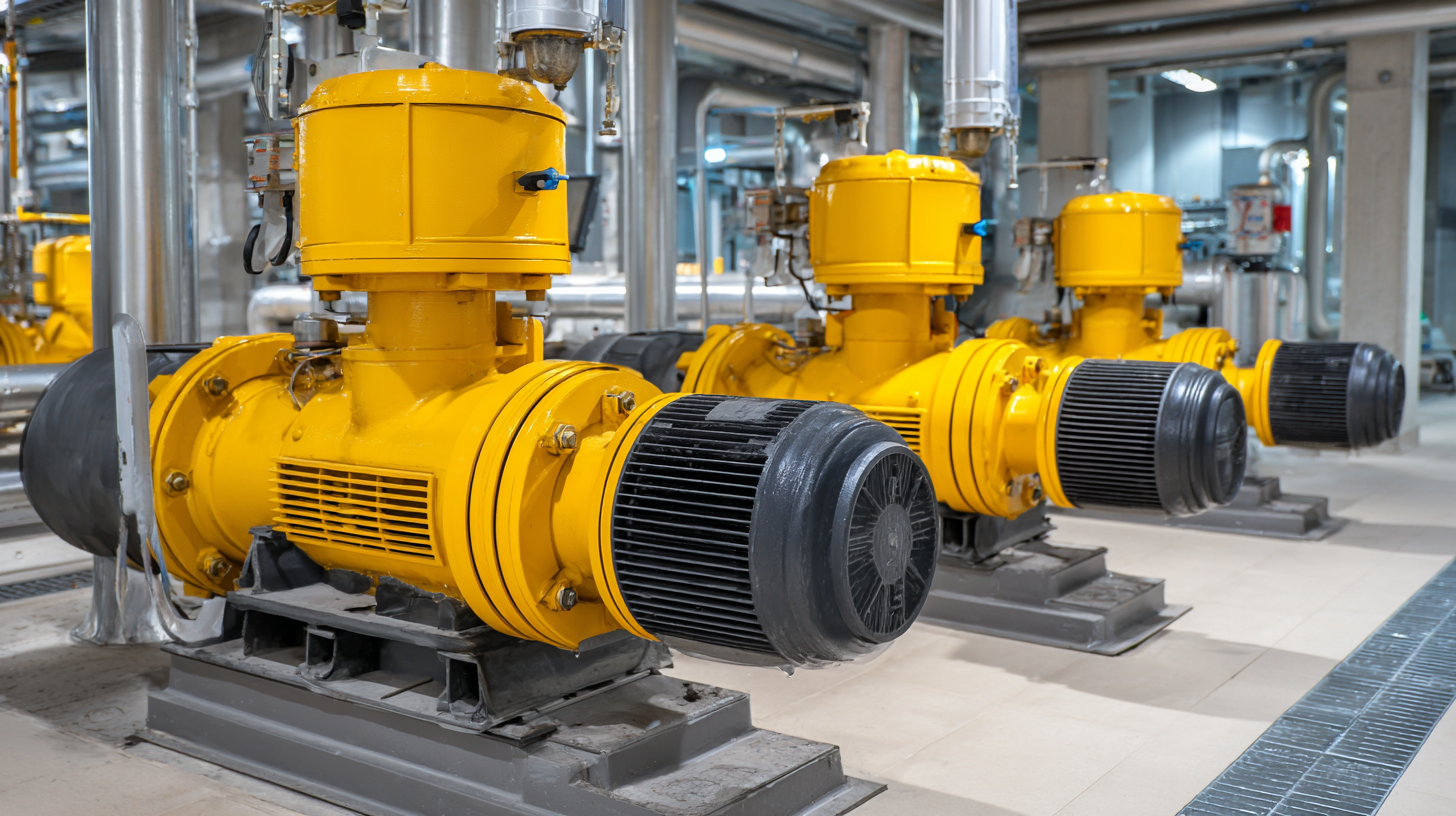Revolutionizing Pump Systems with IoT Integration for Enhanced Efficiency and Performance
The integration of the Internet of Things (IoT) into pump systems marks a transformative shift in the industrial landscape, driving enhanced efficiency and performance across various sectors. According to a report by MarketsandMarkets, the global IoT in water and wastewater management market is projected to grow from $6.5 billion in 2020 to $14.8 billion by 2025, reflecting an annual growth rate of 17.5%. Notably, pump systems, which account for significant energy consumption in industrial operations—approximately 20% of total electricity use in manufacturing according to the U.S. Department of Energy—are poised to benefit immensely from IoT technologies. By facilitating real-time monitoring and predictive maintenance, IoT integration can significantly reduce operational costs and downtime, leading to optimized performance and sustainability. As industries increasingly adopt smart technologies, the potential for improved pump system efficiency and reliability becomes not just a competitive advantage, but a necessity in today's fast-paced market.

Harnessing IoT Technology to Optimize Pump System Performance
The integration of IoT technology into pump systems is revolutionizing their performance and efficiency. As industries strive for sustainability, leveraging data-driven solutions becomes critical. Recent advancements, particularly in geothermal energy systems, showcase how smart integrations enhance both heating and cooling operations. By utilizing IoT and machine learning, organizations are optimizing residential heat pumps, which constitute a significant portion of the UK's energy consumption. These technologies enable continuous monitoring and adjustments, leading to improved energy savings and reduced operational costs.
Moreover, condition-based maintenance powered by IoT solutions is transforming pump optimization strategies. Predictive maintenance tools enhance reliability and extend the lifespan of pumps, allowing for better asset management. With the global pumps market projected to reach USD 88.23 billion by 2033, the potential of IoT to streamline operations across various sectors is becoming increasingly apparent. From water management to industrial applications, the fusion of IoT with pump systems not only boosts efficiency but also supports a more sustainable future.
Key Benefits of Integrating IoT Solutions in Pump Operations
The integration of Internet of Things (IoT) solutions into pump operations stands to transform efficiency and performance significantly. One of the primary benefits is real-time monitoring. With IoT sensors embedded in pump systems, operators can track performance metrics such as pressure, flow rate, and energy consumption instantly. This capability not only enables rapid detection of anomalies but also facilitates proactive maintenance, reducing downtime and extending the lifespan of equipment.

Furthermore, IoT integration enhances operational efficiency through data analytics. By collecting and analyzing data from various operational parameters, businesses can identify trends and optimize workflows. This data-driven approach allows for smarter decision-making, ensuring that pumps operate under optimal conditions. Additionally, IoT can facilitate remote management and control, empowering operators to make adjustments from anywhere, thus improving response times to issues and enabling better resource allocation.
Real-time Data Analytics for Smart Pump Management
The integration of IoT technology into pump systems is revolutionizing the way industries manage their operations. Real-time data analytics plays a crucial role in smart pump management, providing insights that were previously unattainable. According to a recent report by MarketsandMarkets, the global IoT in the water and wastewater management market is projected to reach $28.5 billion by 2023, highlighting the growing trend of smart technologies in fluid management. For pump systems, this means enhanced performance and efficiency through continuous monitoring and predictive maintenance.

By leveraging IoT sensors, companies can monitor the health of pumps in real time, tracking parameters such as flow rates, pressure, and energy consumption. This data enables operators to detect anomalies and perform maintenance before failures occur. A study published in the Journal of Cleaner Production revealed that implementing IoT solutions can reduce energy consumption by up to 30% and maintenance costs by 25%. These statistics underscore the value of adopting smart technologies for pump systems, leading to significant operational savings and improved environmental sustainability.
Case Studies: Successful IoT Implementations in Pump Systems
The integration of IoT technology into pump systems has led to significant advancements in efficiency and performance, as evidenced by numerous successful case studies. For instance, a prominent oil and gas company reported a 20% reduction in energy consumption after installing IoT-enabled pumps equipped with real-time monitoring sensors. This transformation not only optimized operational costs but also minimized downtime by allowing predictive maintenance practices. According to a recent report from the International Energy Agency, such upgrades in pump systems can lead to overall energy savings of up to 30%, showcasing the remarkable potential of IoT on a global scale.
In the manufacturing sector, a leading beverage company adopted IoT solutions in their pump systems, resulting in a 15% increase in production efficiency. By utilizing data analytics to monitor flow rates and pressure levels, they were able to identify and resolve bottlenecks quickly. The insights gathered through connected devices also facilitated a deeper understanding of maintenance needs, which contributed to a dramatic decrease in unplanned outages. A study by the Fluid Handling Industry Association indicates that industries leveraging IoT technology in their pump systems can experience a productivity boost of roughly 25%, emphasizing the growing importance of intelligent solutions in industrial applications.
Future Trends: The Evolution of IoT in Pump Engineering and Design
The integration of Internet of Things (IoT) technology into pump engineering is poised to significantly redefine the industry. Future trends indicate a shift towards smart, interconnected pump systems that can autonomously monitor and adjust performance in real-time. Utilizing advanced sensors, these pumps will collect vast amounts of data regarding flow rates, energy consumption, and mechanical status. This data can be analyzed to predict failures before they occur, optimize operational efficiency, and even automate maintenance scheduling.
Moreover, IoT integration allows for enhanced communication between pumps and other system components. This interconnectedness means pumps can be part of larger smart infrastructure, enabling features such as remote monitoring and control via mobile applications. The result is a more responsive and adaptive pumping system that not only reduces operational costs but also minimizes downtime. As the technology continues to evolve, we can expect further innovations that will unlock unprecedented levels of performance and efficiency in pump design, ultimately transforming how industries utilize these essential systems.
